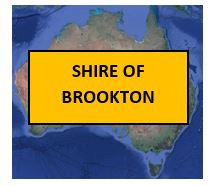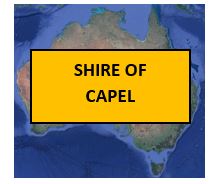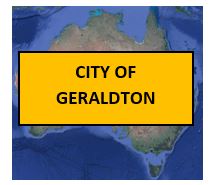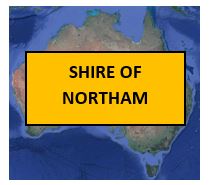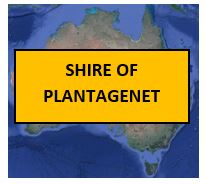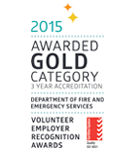What is a BAL ? (Bushfire Attack Level)
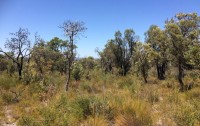
A Bushfire Attack Level (BAL) is a means of measuring the severity of a building’s potential exposure to ember attack, radiant heat and direct flame contact. It’s measured in increments of radiant heat (expressed in kilowatts/m2).
A BAL is the basis for establishing the requirements for construction (under the Australian Standard AS 3959-2009 Construction of Buildings in Bushfire Prone Areas), to improve protection of building elements from bushfire attack.
The image below shows the various BAL ratings and the radiant heat flux for each rating. The greater the distance from the fire the lower the heat flux and therefore the construction standard is lower.
Once assessed, your site/property/asset will be defined one of six BAL ratings:

- BAL Low: There is insufficient risk to warrant specific construction requirements
- BAL 12.5: Ember attack. (BAL 12.5 Construction Requirements)
- BAL 19: Increasing levels of ember attack and burning debris ignited by windborne embers, together with increasing heat flux. (BAL 19 Construction Requirements)
- BAL 29: Increasing levels of ember attack and burning debris ignited by windborne embers, together with increasing heat flux. (BAL 29 Construction Requirements)
- BAL 40: Increasing levels of ember attack and burning debris ignited by windborne embers, together with increasing heat flux and with the increased likelihood of exposure to flames. (BAL 40 Construction Requirements)
- BAL FZ: Direct exposure to flames from fire, in addition to heat flux and ember attack. (BAL FZ Construction Requirements)
Where your building is greater than 100m from any classified vegetation the BAL rating will more than likely be BAL–LOW and will not require any special construction requirements. Where there is a risk or potential that ember attack could affect your home we recommend that BAL – 12.5 is applied.
- May 2025
- April 2025
- February 2025
- November 2024
- October 2024
- September 2024
- August 2024
- May 2024
- April 2024
- August 2023
- July 2023
- April 2023
- May 2022
- February 2022
- November 2021
- March 2021
- February 2021
- January 2021
- November 2020
- October 2020
- August 2020
- June 2020
- April 2020
- March 2020
- February 2020
- November 2019
- August 2019
- March 2019
- January 2019
- November 2018
- October 2018
- May 2018
- March 2018
- February 2018
- November 2017
- October 2017
- September 2017
- August 2017
- June 2017
- April 2017
- March 2017
- February 2017
- January 2017
- December 2016
- November 2016
- August 2016
- July 2016
- May 2016
- April 2016
- March 2016
- February 2016
- January 2016
- December 2015
CATEGORIES
ARCHIVES
- May 2025
- April 2025
- February 2025
- November 2024
- October 2024
- September 2024
- August 2024
- May 2024
- April 2024
- August 2023
- July 2023
- April 2023
- May 2022
- February 2022
- November 2021
- March 2021
- February 2021
- January 2021
- November 2020
- October 2020
- August 2020
- June 2020
- April 2020
- March 2020
- February 2020
- November 2019
- August 2019
- March 2019
- January 2019
- November 2018
- October 2018
- May 2018
- March 2018
- February 2018
- November 2017
- October 2017
- September 2017
- August 2017
- June 2017
- April 2017
- March 2017
- February 2017
- January 2017
- December 2016
- November 2016
- August 2016
- July 2016
- May 2016
- April 2016
- March 2016
- February 2016
- January 2016
- December 2015









